Table of Contents
- Introduction
- A 10‑Second Primer on Qubits
- Why AI Cares About Quantum
- Hybrid Quantum‑Classical Workflows (NISQ)
- Quantum Machine Learning in Practice
- Algorithms & When They Help
- Data: The Encoding Bottleneck
- Hardware Landscape
- Tooling & Frameworks
- Risks, Ethics & Security
- How to Get Started
- FAQs
- Glossary
Artificial Intelligence is today’s software powerhouse, while quantum computing is tomorrow’s hardware wildcard. Their intersection is about using quantum processors as specialized accelerators for problems at the core of optimization, simulation, and machine learning. Jump to the glossary if any terms look unfamiliar.
Introduction
AI × Quantum is not a replacement for classical deep learning—it’s a hybrid partnership. Classical computers orchestrate most of the workload; compact quantum circuits tackle structured sub‑problems where interference and entanglement can reshape the search landscape. Near‑term wins are narrow but meaningful, especially in optimization, sampling, and molecular simulation.
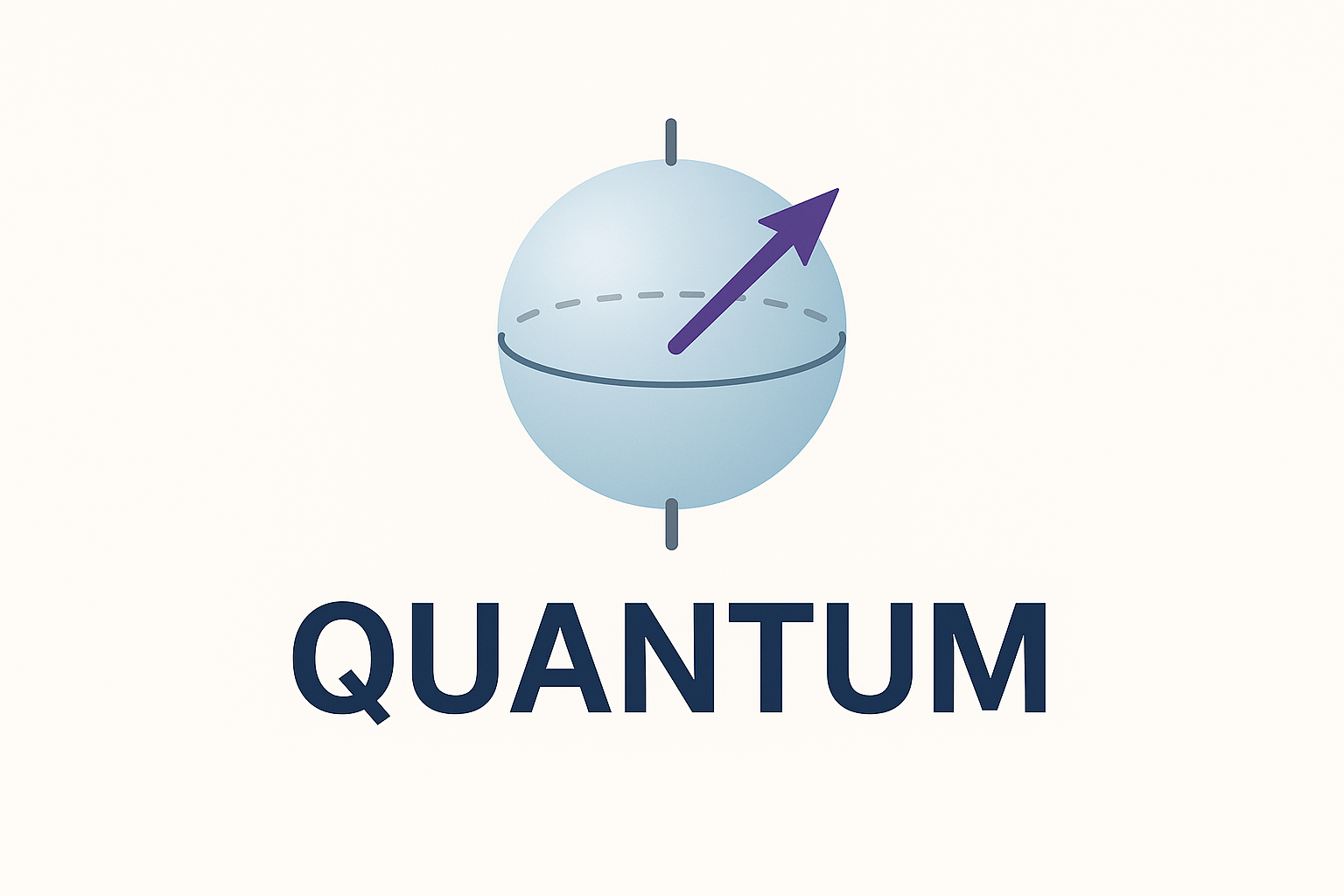
Why AI Cares About Quantum
Many AI tasks reduce to math that may benefit from quantum routines:
Optimization: scheduling, routing, portfolio selection. Sampling & inference: drawing from hard distributions. Kernel & linear algebra: fast inner products, feature maps, or structured solves. Simulation: chemistry and materials that feed AI‑driven discovery.
Hybrid Quantum‑Classical Workflows (NISQ)
Today’s devices are noisy and limited. The winning pattern uses a classical optimizer to tune a small parameterized quantum circuit. Loop: encode data → run circuit many times to estimate a loss → update parameters → repeat. This template powers VQE (chemistry), QAOA (discrete optimization), and quantum neural networks.
Quantum Machine Learning in Practice
Quantum kernels (QSVM): circuits compute similarities between data points. Variational classifiers (QNN/VQC): parameterized circuits trained like neural layers. Feature maps: embed data into high‑dimensional Hilbert spaces where decision boundaries can be simpler. Generative models: quantum‑assisted sampling for Boltzmann‑like distributions or physics‑aware priors.
Reality check: keep datasets small, circuits shallow, and always compare against strong classical baselines.
Algorithms & When They Help
Grover’s search: quadratic speed‑up for unstructured search; useful inside combinatorial heuristics. HHL: a linear‑systems method that can be exponentially faster under strict conditions (sparsity, conditioning, efficient data access). QAOA: variational optimization that pairs well with problem structure. VQE: chemistry and materials properties that downstream AI can learn from.
Data: The Encoding Bottleneck
Loading classical data into quantum states can dominate total cost. Prefer encodings you can prepare efficiently (angles, basis states), compress with classical models before quantum steps, and favor problems with native quantum inputs (chemistry, physics, crypto).
$1
Tooling & Frameworks
Explore with Qiskit, Cirq, and PennyLane. They integrate with PyTorch/JAX for differentiable programming and provide simulators so you can prototype without hardware access.
Risks, Ethics & Security
Beware hype; publish fair baselines. Ensure access via open datasets and simulators. Track energy use from cryogenics and data centers. Start planning for post‑quantum cryptography in AI systems as hardware improves.
How to Get Started
Pick a tiny problem (toy classifier or 6‑node optimizer). Prototype on a simulator, add noise models, and keep circuits shallow. Compare against strong classical methods; only keep quantum subroutines that win on your metrics. Iterate on encodings and optimizers.
FAQs
Do I need a quantum computer? No—simulators are enough to learn and test ideas today.
Will quantum replace deep learning? Unlikely. Expect hybrid systems where quantum augments classical models.
Where are speed‑ups? Structured optimization, select linear algebra, and quantum simulation—if data loading is efficient and circuits are shallow.
Glossary
Superposition: a qubit in a weighted combination of |0⟩ and |1⟩. Entanglement: correlations between qubits beyond classical limits. Amplitude: complex coefficient whose magnitude squared is measurement probability. Circuit depth: number of sequential gate layers. Variational: algorithms that tune parameters to minimize a loss with a classical optimizer.
Further Reading & Tools
- Qiskit · IBM’s open‑source quantum SDK
- PennyLane · quantum ML with PyTorch/JAX
- Cirq · Google’s framework for NISQ circuits
- Quantum machine learning: a review · academic overview
- Nielsen & Chuang · standard quantum computing textbook

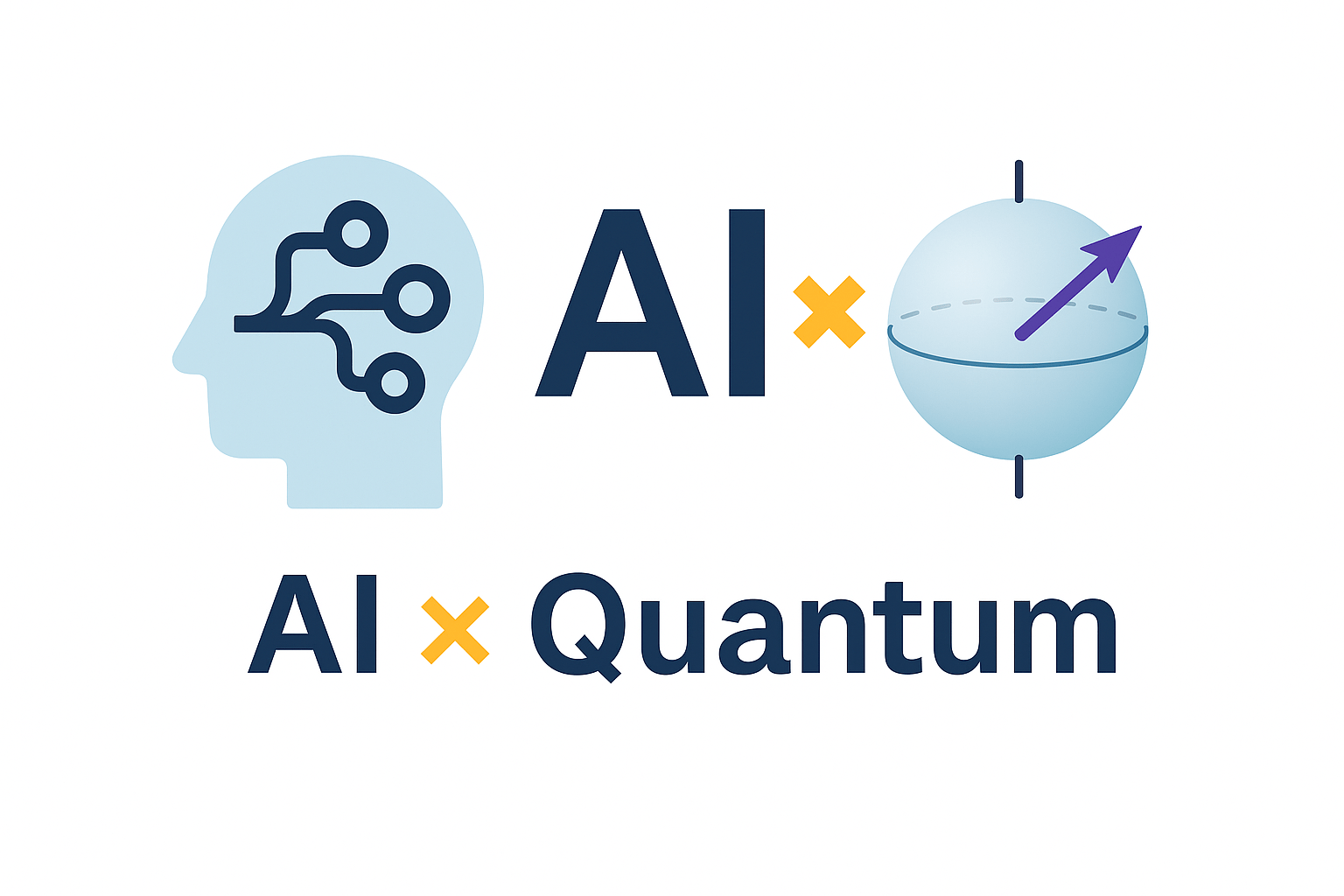
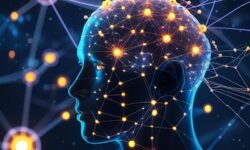
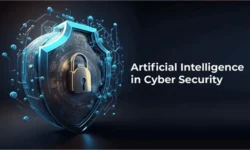
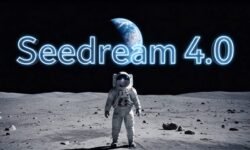
Youre so cool! I dont suppose Ive read anything like this before. So good to find any individual with some unique thoughts on this subject. realy thanks for starting this up. this web site is something that’s needed on the web, somebody with a bit of originality. helpful job for bringing one thing new to the internet!